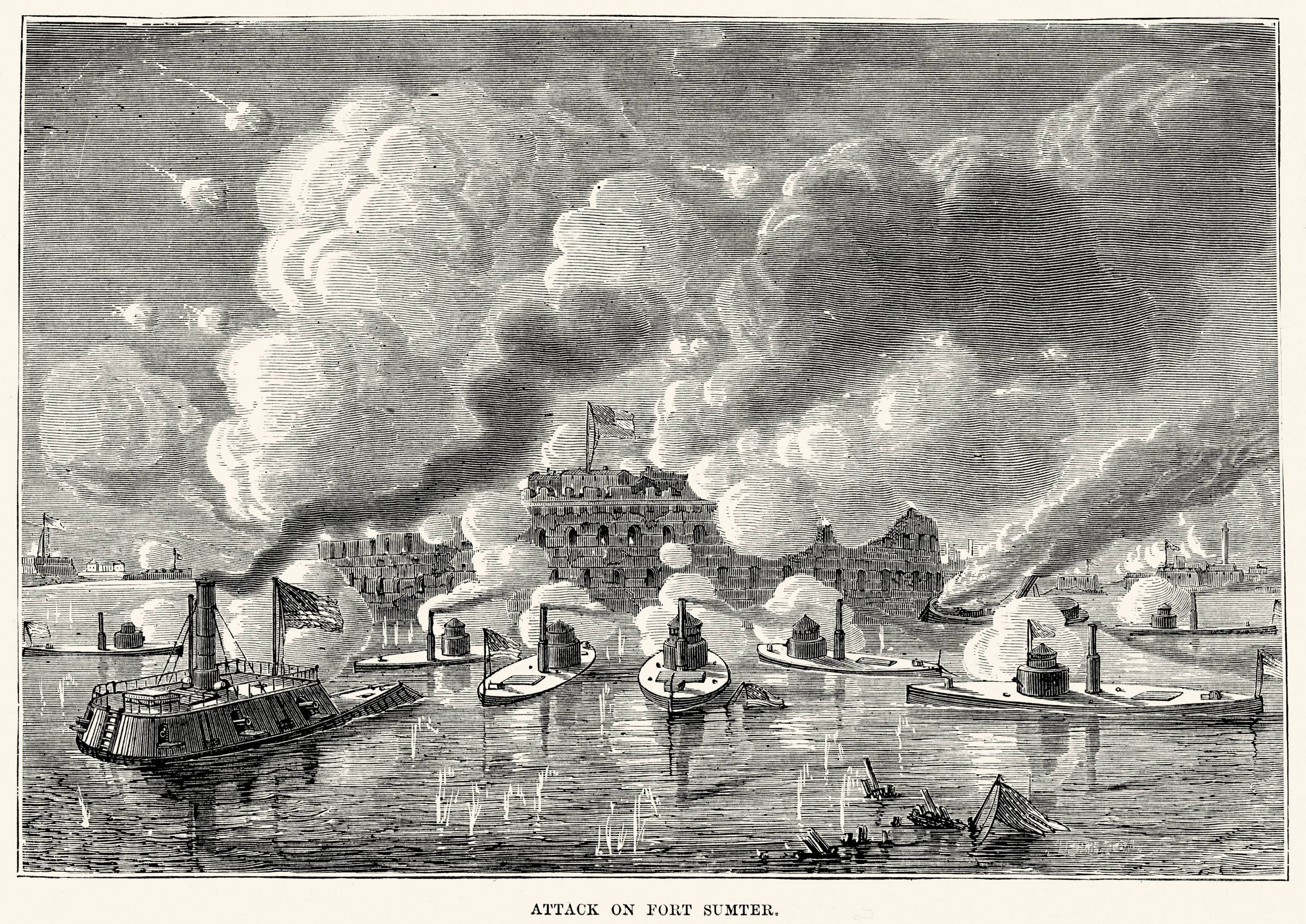Charleston and the Civil War

The American Civil War — though it only lasted from 1861 to 1865 — marked the nation and shaped it in ways we still feel to this day. Charleston played a major part in the war. As a pivotal city, both the Union and Confederate Armies vied for power over the Holy City. It’s no surprise that the war ended only mere months after the Union forces took control of Charleston. Not only did the Civil War end not long after Charleston’s surrender, but the Civil War began here as well.
Discover Charleston’s impact on the Civil War — and visit a few sites associated with Civil War history.
1860 Secession Convention
South Carolina was the first state to vote to secede from the union in 1860. This vote took place during the Secession Convention and was the direct result of Abraham Lincoln’s victory in the 1860 presidential election.
South Carolina saw this vote as a direct threat to slave owners’ rights in the South. Knowing the president elect’s position on slavery, they decided to secede in defense of states’ rights — and of slavery itself.
Many southern plantation owners and slave traders feared that the abolition of slavery would result in the financial collapse of the South.
Sites to Visit
The 1860 Secession Convention took place in Columbia, South Carolina. The delegates reassembled in St. Andrews Hall in Charleston and the next day at Institute Hall on Meeting Street (known as Secession Hall). Both Secession Hall and St. Andrews Hall were destroyed during the Civil War.
Castle Pinckney
The South Carolina militia seized Castle Pinckney after the secession of South Carolina. This was the first catalyst of the first shots fired during the Civil War.
Sites to Visit
Castle Pinckney is still in Charleston, located on Shutes Folly Island. You can visit the ruins and enjoy the scenery of Charleston’s harbor from this spot.
Fort Sumter: The Start of the Civil War
The first shots of the Civil War were fired at Fort Sumter. Yes, this is that fort’s claim to fame (though it did also play a role in the War of 1812). Abolitionist Henry Ward Beecher made a famous speech here after the end of the Civil War — and it was where he was informed of Abraham Lincoln’s assassination.
Sites to Visit
The best way to visit Fort Sumter… is to visit Fort Sumter. The only way to visit Fort Sumter is by boat (it’s on an island!). You’ll want to plan ahead for this trip. Visitors stay about 45 minutes on the island, but the boat ride increases the time spent at this attraction.
The Citadel’s Support of the Confederate Army
Throughout the Civil War, the Citadel’s trainees supported the Confederate Army. The Charleston-based military academy provided both military and artillery support to the South. They also allegedly fired the first shots of the Civil War at Fort Sumter.
Sites to Visit
Many visitors to Charleston don’t consider the Citadel a tourist attraction. But there’s really no reason that you shouldn’t visit this beautiful military academy campus. You can tour the campus and explore its precisely manicured grounds.
James Island (Secessionville)
Secessionville was what the city called the modern-day area of James Island. An important battle took place in this area, where the Union forces tried to take the city of Charleston by land. The attempt failed, and this was the last attempt made by the Union Army to take Charleston by land.
Sites to Visit
Today, you can still visit the Historic District of Secessionville on James Island. Most of the area is a marsh wildlife preserve, and there are a few historic homes on the land. The area looks like it was ripped right out of “The Notebook.”
Although we don’t offer a public tour of James Island, we are more than happy to take you out there when you book a private tour with a personal tour guide.
Battles of Fort Wagner
Two important battles took place at Fort Wagner. During both battles, the Union Army tried to capture the fort — but failed miserably. Yet the Confederate Army eventually abandoned Fort Wagner after a siege in 1863.
It wasn’t long after that the Union Army began using longer-range artillery — leading to the eventual downfall of the Confederacy.
Sites to Visit
Fort Wagner is located just south of the Fort Sumter National Monument, near Cummings Point. You could very well visit this spot on Morris Island, but you might be better off just killing two birds with one stone by heading to Fort Sumter instead. You can get a peek-a-boo view of Fort Wagner from here.
H.L. Hunley and the USS Housatonic
In 1864, the Confederacy demonstrated its ability to enhance technological warfare by attacking the USS Housatonic with a submarine, the H.L. Hunley. The night attack sank the Housatonic, but it also resulted in the loss of the H.L. Hunley.
The H.L. Hunley wasn’t necessarily considered a success itself — it lost 21 men in its short history — but it was an early example of submarine technology.
Sites to Visit
Fort Moultrie was where to H.L. Hunley was launched (aka the first successful submarine attack in history). Many visitors head to Fort Moultrie in conjunction with a visit to Fort Sumter. If you’re looking for more things to do in the area, you can always check out our guide to Fort Sumter and Patriots Point.
Union Victory in Charleston
The Union Army eventually took Charleston only a few months before the official end to the Civil War. In 1865, General Sherman’s march through South Carolina forced even more troops out of Charleston. (General Sherman was responsible for the systematic burning of the South — if you’ve ever seen “Gone With the Wind,” you’re familiar with this military tactic).
Sites to Visit
If you want to know more about Charleston’s involvement in the Civil War, head to the Charleston Museum. The docents here can help you understand Charleston’s importance to both the North and the South — as well as the events leading up to the Civil War.
The Aftermath of the Civil War in Charleston
Charleston was badly damaged by the Union Army during the Civil War. The Union soldiers burnt much of Charleston. Much of what wasn’t destroyed during the war fell after the 1865 earthquake. Despite witnessing so much destruction, Charleston has been able to restore many of its historic structures.
